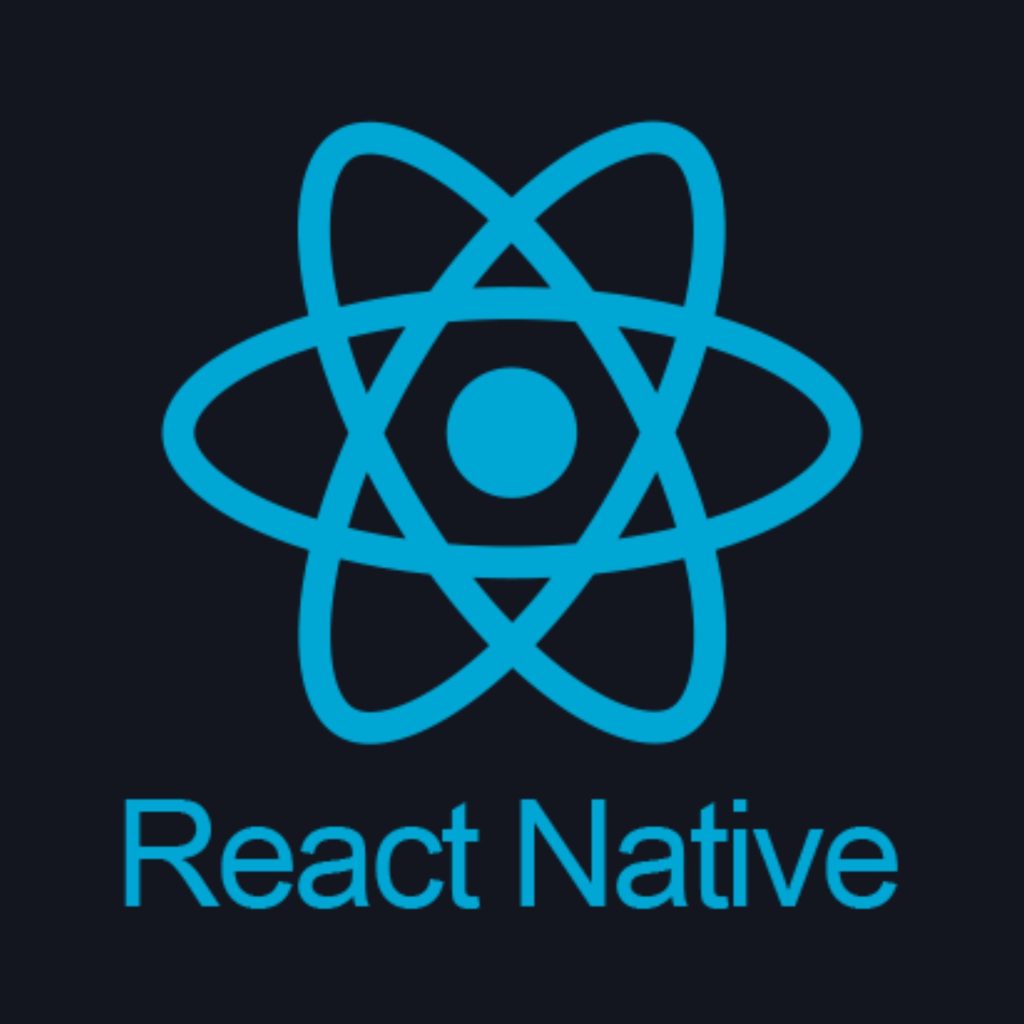In today’s digital age, mobile apps have become an essential part of our daily lives. Whether it’s for social media, gaming, or productivity, there seems to be an app for everything. But have you ever wondered how these apps are created? There are numerous mobile app development tools available to help developers bring their ideas to life, each with its own set of pros and cons.
The mobile app industry is booming, with millions of apps available for download on various platforms. As a result, the demand for mobile app developers has skyrocketed, leading to the development of a wide range of tools to cater to different needs and preferences. However, with so many options available, it can be overwhelming to choose the right tool for your app development project.
To help you navigate the complex world of mobile app development tools, this article will explore the pros and cons of the most popular options. Whether you’re a beginner looking to get started or an experienced developer seeking to streamline your workflow, understanding the advantages and disadvantages of these tools will empower you to make informed decisions and create high-quality mobile apps. So, let’s dive in and explore the pros and cons of the most popular mobile app development tools currently on the market.
What Is Mobile App Development?
Mobile app development refers to the process of creating software applications that are specifically designed to operate on mobile devices such as smartphones and tablets. This complex process includes coding, designing, testing, and launching mobile applications for various operating systems like iOS, Android, and Windows. With the ever-increasing use of mobile devices, mobile app development has become a crucial aspect of modern technology, providing users with a diverse range of applications for almost every imaginable purpose. This field requires a deep understanding of programming languages, user interface design, and mobile platform guidelines in order to create high-quality, user-friendly, and functional apps that cater to the needs and preferences of mobile device users.

The Most Popular Mobile App Development Tools
The most popular mobile app development tools include Android Studio, Eclipse, and IntelliJ IDEA.
Android Studio is the official integrated development environment (IDE) for Android app development. It offers a powerful code editor, debugging tools, and performance monitoring, and is compatible with Java, C++, and Kotlin. It is available for free and is supported by a large community of developers.
Eclipse is a widely used IDE for various programming languages, including Java and C++. It provides extensive plugin support and an integrated development environment for Android app development. Eclipse is compatible with Windows, macOS, and Linux, and is also free to use.
IntelliJ IDEA is a versatile IDE that supports multiple programming languages, including Java, Kotlin, and Groovy. It offers intelligent code assistance, refactoring tools, and support for various frameworks. While it offers a free community edition, the ultimate edition comes with additional features and support.
All three tools support Android app development and are compatible with multiple operating systems. Depending on the programming language and specific requirements, developers may choose the most suitable tool based on their needs and preferences.
Pros of React Native
React Native is a popular framework for building cross-platform mobile applications. It offers several advantages that make it a top choice for many developers. In this section, we will explore the various pros of using React Native for app development, including its efficiency, cost-effectiveness, and ability to provide a seamless user experience.

Cross-Platform Development
Cross-platform development offers the benefit of enabling developers to create applications that run across multiple platforms, including iOS, Android, and web platforms. This approach saves time and resources by allowing developers to write code once and deploy it across multiple platforms, rather than creating separate codebases for each platform. By using cross-platform development, businesses can reach a larger audience and reduce the time and cost associated with maintaining multiple codebases.
In contrast, native development involves creating separate codebases for each platform, leading to increased development time and resources. Cross-platform mobile app frameworks, such as React Native or Xamarin, provide a way to write code in a single language and deploy it across multiple platforms. These frameworks offer a cost-effective solution for businesses seeking to develop applications for diverse platforms, streamlining the development process and reducing time-to-market. With cross-platform development, businesses can maximize their reach while minimizing development efforts and costs.
Faster Development Time
The cross-platform approach accelerates app development by removing the necessity to rewrite code for each platform, thereby streamlining the process and enabling the reuse of codebase. This significantly speeds up the development cycle, allowing developers to complete projects quickly and achieve faster delivery times. Additionally, the use of reusable components, pre-built templates, and automated workflows further reduces development time and costs.
By leveraging these elements, developers can efficiently build apps without starting from scratch, ultimately cutting down on the time and resources required for development. Overall, the cross-platform approach offers a more efficient, cost-effective, and time-saving solution for app development, facilitating faster delivery of high-quality applications to market.
Wider Audience Reach
Cross-platform app development allows for a wider audience reach by building apps for both iOS and Android platforms simultaneously. This approach enables developers to target both markets at the same time, reaching a larger user base and market. By developing for both platforms at once, businesses can ensure their app is accessible to a wider audience, increasing its potential reach and impact.
In addition, targeting both iOS and Android markets at the same time offers the advantage of releasing the product faster. Developers have the option to launch the app on one platform first and then quickly add support for the second platform, maximizing the app’s availability and accessibility. This not only saves time and resources but also allows businesses to tap into both markets without delay.
Cross-platform mobile development presents the opportunity to reach a diverse range of users, ultimately benefiting businesses by expanding their customer base and increasing their market reach. By taking advantage of cross-platform app development, businesses can effectively reach a wider audience, maximize their app’s potential, and achieve greater success in the mobile app market.
Cost Efficiency
Cost efficiency is a key factor in selecting a mobile application development platform, and Fliplet achieves this through its pricing structure. Fliplet offers a subscription-based pricing model, which allows businesses to choose a plan that best fits their needs and budget. By offering a transparent and customizable pricing structure, Fliplet enables cost efficiency as businesses only pay for the features and services they need, avoiding unnecessary expenses.
In cross-platform development, cost efficiency is prioritized through the ability to create and manage applications for multiple platforms (iOS, Android, web) using a single codebase. This reduces development time and costs, as developers can write one set of code that can be used across different platforms. This approach benefits businesses, particularly startups, by lowering the initial investment required for app development and reducing ongoing maintenance and update expenses.
Overall, cost efficiency is crucial for startups as it allows them to allocate resources wisely and maximize the return on investment. By prioritizing cost efficiency in cross-platform development, businesses can build and maintain high-quality mobile applications without breaking the bank.
User Experience and Engagement Improvement
To address user experience and engagement improvement, it is essential to incorporate platform-specific UI/UX components, leverage AI-driven personalization, and enhance the app’s interface to suit individual preferences. This can be achieved by developing a familiar and intuitive interface that provides a seamless user experience.
By incorporating platform-specific UI/UX components, such as design guidelines and interaction patterns specific to each platform, users will feel more at home and comfortable using the app. Additionally, leveraging AI-driven personalization can help tailor the app’s content and features to each user’s preferences, making the experience more personalized and engaging. Furthermore, enhancing the app’s interface to suit individual preferences, such as allowing users to customize their settings and layouts, can significantly improve user satisfaction and engagement.
Creating a familiar and intuitive interface is crucial for a seamless user experience, as it reduces the learning curve and allows users to navigate the app effortlessly. By providing a user-friendly and intuitive interface, users are more likely to stay engaged and satisfied with the app, leading to increased user engagement and satisfaction. In conclusion, integrating platform-specific UI/UX components, AI-driven personalization, and intuitive interface design is paramount for optimizing user experience and engagement.
Pros of Native App Development
When it comes to mobile app development, native app development offers numerous advantages. Native apps are specifically designed and built for a particular operating system, whether it be iOS or Android. This allows for greater performance, faster speed, and a more seamless user experience. In addition, native apps have access to the full range of device features, such as GPS, camera, and push notifications, creating a more integrated and interactive experience for users. Native app development also provides better security and reliability, as the apps are tailored to the specific requirements and guidelines of the chosen platform.
Finally, native apps have the potential for better app store visibility and are often preferred by users due to their high performance and consistent user interface. Overall, the advantages of native app development make it a popular choice for businesses and developers looking to create a top-notch mobile app experience.

High-Quality Performance
Cross-platform tools such as Flutter, React Native, and Xamarin have a significant impact on the high-quality performance of mobile apps. These tools allow developers to write code once and run it on multiple platforms, resulting in cost and time savings.
In terms of performance, cross-platform tools can affect factors such as CPU usage, frame rates, and average response time. Flutter, for example, is known for its high-performance and smooth animations, while React Native offers good CPU usage and frame rates. Xamarin, on the other hand, provides excellent performance for data-intensive applications.
However, when it comes to optimizing performance for specific operating systems, native mobile development tends to offer better results. This is because native development allows developers to leverage the full potential of a specific platform, resulting in superior performance tailored to the operating system.
Unparalleled Security and Stability
The chosen mobile application development platform addresses unparalleled security and stability through its robust built-in encryption, user authentication, and secure data storage features. The platform utilizes advanced encryption techniques to protect sensitive data, ensuring that all communications and information are secure from unauthorized access. Additionally, user authentication is implemented using multi-factor authentication methods to verify the user’s identity and access privileges, further enhancing the security of the platform.
Furthermore, the platform ensures secure data storage by utilizing secure servers and strong data encryption methods to safeguard user data from potential threats. In terms of maintenance and updates, the platform provides direct support for both Android and iOS, allowing developers to easily manage and update their applications across multiple platforms.
Moreover, the platform enables developers to implement new functions immediately after the release of a new OS version, ensuring that applications remain compatible and up-to-date with the latest operating system features and security enhancements. These comprehensive security features and seamless maintenance capabilities make the platform a reliable choice for developing secure and stable mobile applications.
Full Access to Device’s Features and Capabilities
Native mobile apps have full access to a device’s features and capabilities, including the camera, microphone, GPS, and notifications. This level of access allows for the creation of advanced features such as augmented reality, push notifications, and location-based services. For example, by integrating with a device’s camera, native mobile apps can create augmented reality experiences, while access to the GPS enables the development of location-based services.
Key features that are unique to native mobile apps include the ability to take advantage of the specific platform, such as iOS or Android. For iOS, native mobile apps can leverage features like Siri integration and Apple Pay, while on Android, they can make use of Google Assistant and NFC capabilities. This platform-specific integration allows native mobile apps to provide a seamless and tailored experience to users based on their device.
Overall, native mobile apps have the advantage of full device access, which enables the creation of advanced and platform-specific features, ensuring a rich and immersive user experience.
Cons of React Native
React Native has gained popularity for its ability to develop cross-platform mobile applications with a single codebase. However, despite its numerous advantages, there are some drawbacks to using React Native.
Limited Access to Operating Systems’ Features
When developing applications, whether in a native environment or using React Native, there are limitations to accessing operating systems’ features. In native development, accessing specific device features generally requires writing custom native code, which can be time-consuming and complex. Similarly, in React Native development, accessing certain device features may require the use of third-party libraries or custom native modules.
While React Native offers flexibility by allowing developers to write code that can be used across different operating systems, it also introduces added complexity when it comes to accessing specialized device features. This trade-off means that developers must carefully evaluate project requirements and potential intricacies when choosing to leverage React Native for accessing specific features or APIs.
Complexity in Debugging
Debugging React Native apps presents unique challenges compared to traditional native apps due to the use of a JavaScript virtual machine. The main challenge is the integration of both native code and JavaScript, which can result in complex interactions between different parts of the application. This can make it difficult to pinpoint the root cause of bugs or performance issues. Additionally, the debugging tools and workflows differ from traditional native app development, requiring developers to become familiar with tools like Chrome Developer Tools and React Native Debugger.
Acquiring expertise in React Native debugging techniques and tools is crucial for effectively troubleshooting issues and optimizing app performance. Developers must be able to identify and resolve issues related to the interaction between native and JavaScript code, such as memory leaks, performance bottlenecks, and UI rendering problems. By gaining expertise in React Native debugging, developers can streamline the development process, minimize app crashes, and deliver a better user experience.
Cons of Native App Development
When it comes to native app development, there are several disadvantages that developers and businesses need to consider. Native app development refers to creating applications specifically for a certain operating system, such as iOS or Android. While native apps offer high performance and seamless user experience, there are drawbacks to this approach that may impact development cost, time, and overall accessibility.
Cost and Time-Intensive Development Process
A cost and time-intensive development process can pose numerous challenges and drawbacks for startups and businesses with lower budgets. Such a process can significantly impact the allocated budget and strain available resources. The lengthy development timeline can also limit a company’s ability to quickly respond to market demands and adapt to changes, potentially hindering growth and competitiveness.
To mitigate these challenges, cross-platform development platforms offer reusable components, pre-built templates, and automated workflows that can streamline the development process and reduce both time and cost. By leveraging these resources, businesses can accelerate the development timeline, minimize the need for extensive custom development, and ultimately lower costs. This approach allows companies with budget constraints to take advantage of advanced development tools and technologies without the need for significant upfront investment.
Additionally, it enables startups and businesses to focus on innovation and product differentiation rather than getting bogged down by time and cost-intensive development processes. By deploying these strategies, businesses can effectively navigate the limitations imposed by a constrained budget and scarce resources.

Conclusion
In conclusion, the most popular mobile app development tools have both pros and cons. While there are numerous advantages to be gained from these tools, it is important to consider their drawbacks as well. Depending on your specific needs and preferences, you may find one of these mobile app development tools more suitable than another. Whichever route you take, make sure that you spend ample time researching the various options available to ensure that you choose the best development tool for your project.
